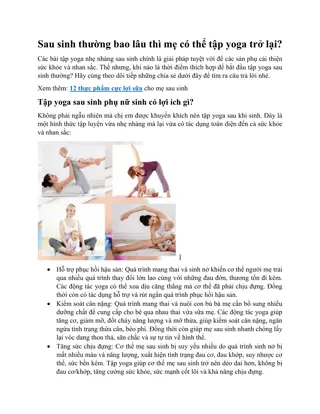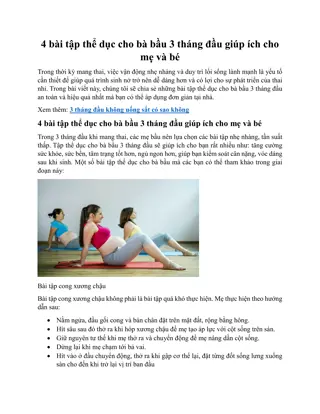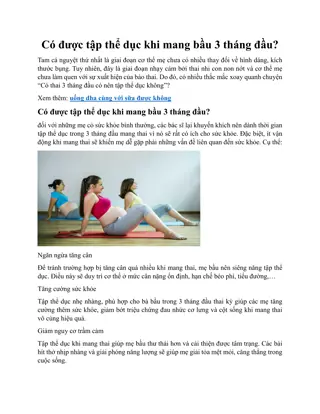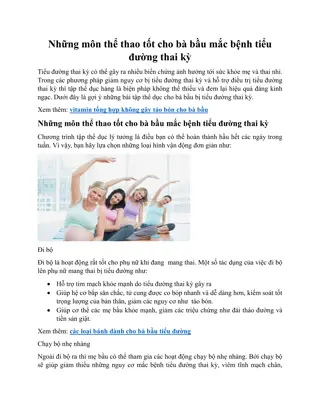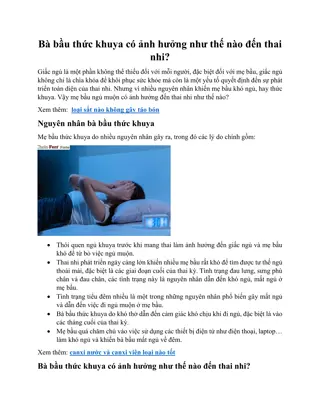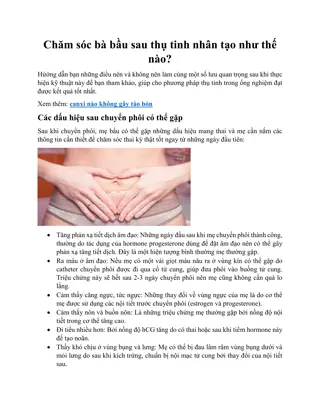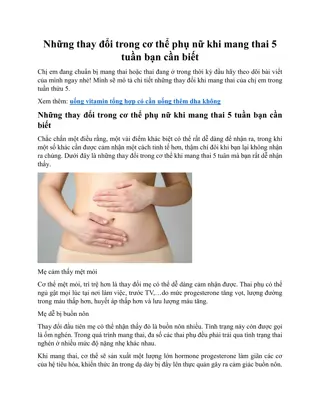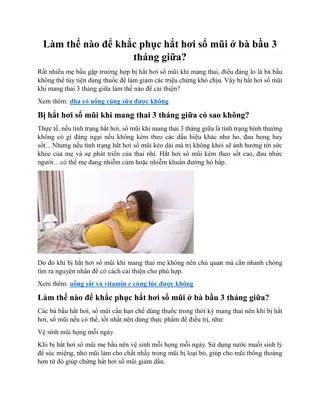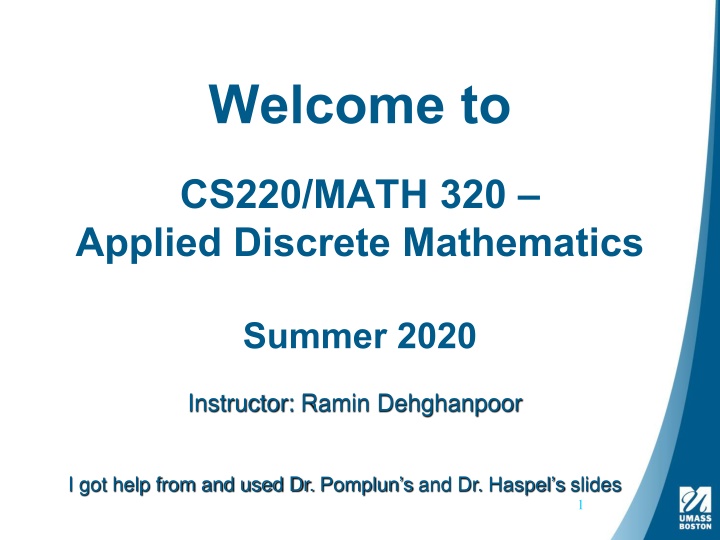
CS220/MATH 320 Applied Discrete Mathematics Summer 2020 Course Information
An overview of the CS220/MATH 320 Applied Discrete Mathematics course in Summer 2020 instructed by Ramin Dehghanpoor. Details include the instructor's office hours, textbook information, evaluation breakdown, grading scheme, course requirements, academic integrity policy, and guidance on addressing grading complaints. Ensure to check out the provided links for more information and resources on the course.
Download Presentation

Please find below an Image/Link to download the presentation.
The content on the website is provided AS IS for your information and personal use only. It may not be sold, licensed, or shared on other websites without obtaining consent from the author. If you encounter any issues during the download, it is possible that the publisher has removed the file from their server.
You are allowed to download the files provided on this website for personal or commercial use, subject to the condition that they are used lawfully. All files are the property of their respective owners.
The content on the website is provided AS IS for your information and personal use only. It may not be sold, licensed, or shared on other websites without obtaining consent from the author.
E N D
Presentation Transcript
Welcome to CS220/MATH 320 Applied Discrete Mathematics Summer 2020 Instructor: Ramin Dehghanpoor I got help from and used Dr. Pomplun s and Dr. Haspel s slides 1
Instructor Ramin Dehghanpoor Office: M-201-35 Office Hours: Mondays 3:00-5:00 PM Wednesdays 3:00-5:00 PM E-Mail: ramin.dehghanpoor001@umb.edu Website: http://www.cs.umb.edu/~ramin/cs220/ 2
Textbook and Course Website Discrete Mathematics and Its Applications Kenneth H. Rosen We will study around 400 pages of this book. Important! Course homepage: http://www.cs.umb.edu/~ramin/cs220/ Contains all kinds of course information and also my slides 3
Your Evaluation Homework assignments(4-5) 30% 30% Midterm exam Final exam 40% 4
Grading For the assignments, exams and your course grade, the following scheme will be used to convert percentages into letter grades: 90% < P: A 60% < P 65%: C 85% < P 90%: A- 55% < P 60%: C- 80% < P 85%: B+ 50% < P 55%: D+ 75% < P 80%: B 45% < P 50%: D 70% < P 75%: B- 40% < P 45%: D- 65% < P 70%: C+ P 40%: F 5
Course Requirements Enroll in the course on Gradescope with Entry code 9GBK2Z Enroll in the course on Piazza with Access code 9GBK2Z or the link: piazza.com/umb/summer2020/cs220math320 Your final grade should be at least 40% to pass. You also have to pass the final exam. Your TA will grade homework assignments Your SI will work with you on a regular basis to answer your questions and do some practice. Always ask your questions on Piazza please. 6
Academic Dishonesty You are allowed to discuss problems regarding your homework with other students in the class. However, you have to do the actual work (computing values, writing algorithms, drawing graphs, etc.) by yourself. You cannot copy anything from other sources (Wikipedia, other students work, etc.) The first violation will result in zero points for the entire homework or exam (and official notification). The second violation will result in failing the course. 7
Complaints about Grading If you think that the grading of your homework was unfair, please talk to the TA (to be announced). If you are still unhappy afterwards, please talk to me. If you think that the grading of your midterm exam was unfair, please talk to me 8
Why Care about Discrete Math? Digital computers are based on discrete atoms (bits). Therefore, both a computer s structure (circuits)and operations (execution of algorithms) can be described by discrete math. Most importantly, software engineers need to have a solid background in discrete mathematics in order to develop appropriate algorithms for given problems. 9
Syllabus A discrete mathematics course has more than one purpose. We will learn about five important themes: Mathematical reasoning, Combinatorial analysis, Discrete structures, Algorithmic thinking, And Applications and Modeling Let us just take a look at the syllabus on the course homepage http://www.cs.umb.edu/~ramin/cs220/sillabus.pdf 10
We will cover these parts of the book (8th edition): 1.1 1.3.1-1.3.4 1.4.1-1.4.10 11
Logic Crucial for mathematical reasoning Used for designing electronic circuitry Logic is a system based on propositions. A proposition is a statement (that declares a fact) that is either true or false (not both). We say that the truth value of a proposition is either true (T) or false (F). Corresponds to 1 and 0 in digital circuits We use letters (p,q,r, ) to denote propositional variables 12
The Statement/Proposition Game Elephants are bigger than mice. Is this a statement? yes Is this a proposition? yes What is the truth value of the proposition? true 13
The Statement/Proposition Game 520 < 111 Is this a statement? yes Is this a proposition? yes What is the truth value of the proposition? false 14
The Statement/Proposition Game y > 5 Is this a statement? yes Is this a proposition? no Its truth value depends on the value of y, but this value is not specified. We call this type of statement a propositional function or open sentence. 15
The Statement/Proposition Game Today is January 23 and 99 < 5. Is this a statement? yes Is this a proposition? yes What is the truth value of the proposition? false 16
The Statement/Proposition Game Please do not fall asleep. Is this a statement? no It s a request. Is this a proposition? no Only statements can be propositions. 17
The Statement/Proposition Game If elephants were red, they could hide in cherry trees. Is this a statement? yes Is this a proposition? yes What is the truth value of the proposition? probably false 18
The Statement/Proposition Game x < y if and only if y > x. Is this a statement? Is this a proposition? because its truth value does not depend on specific values of x and y. yes yes What is the truth value of the proposition? true 19
Combining Propositions As we have seen in the previous examples, one or more propositions can be combined to form a single compound proposition. Propositions that cannot be expressed in terms of simpler propositions, are atomic. When two compound propositions always have the same truth values, regardless of the truth values of its propositional variables, we call them equivalent We formalize this by denoting propositions with letters such as p, q, r, s, and introducing several logical operators. 20
Logical Operators (Connectives) We will examine the following logical operators: Negation (NOT) Conjunction Disjunction Exclusive or Implication (if then) Biconditional (if and only if) (AND) (OR) (XOR) Truth tables can be used to show how these operators can combine propositions to compound propositions. 21
Negation (NOT) Unary Operator, Symbol: P P true false false true It is not the case that P 22
Conjunction (AND) Binary Operator, Symbol: P Q true false false false P Q true true false false true false true false 23
Disjunction (OR) Binary Operator, Symbol: P Q true true true false P Q true true false false true false true false 24
Exclusive Or (XOR) Binary Operator, Symbol: P Q false true true false P Q true true false false true false true false 25
Implication (if - then) Binary Operator, Symbol: P Q true false true true P Q true true false false true false true false 26
Implication (if - then) An implication is only false if the left side (called hypothesis) is True and the right side (called conclusion) is false. It is therefore equivalent to : ? ? Example from class: If today is Monday, you have a class. The only way the entire statement can be false is if today is Monday and you don't have a class (P is true, Q is false). Notice that if P is false, the entire statement is true regardless of the value of Q: If today is not Monday then you either have a class or not. 27
P Q terminologies If P, then Q If P, Q P is sufficient for Q Q if P P implies Q Q whenever P Q follows from P P only if Q Q unless P 28
Converse, Contrapositive, and Inverse of P Q Converse: ? ? Contrapositive: ? ? Always has the same truth value as ? ? Inverse: ? ? 29
Biconditional (if and only if sometimes written as iff) Binary Operator, Symbol: P Q true false false true P Q true true false false true false true false True if both P and Q have the same truth value It is equivalent to ? ? (? ?) 30
Statements and Operators Statements and operators can be combined in any way to form new statements. P Q ( P) ( Q) false true true true P Q true true false false true false true false false true true false false true false true 31
Statements and Operations Statements and operators can be combined in any way to form new statements. P Q (P Q) ( P) ( Q) true false true false false false true false false false false P Q true true false true true true true true true 32
Equivalent Statements (P Q) ( P) ( Q) (P Q) ( P) ( Q) P Q true true false false true false false true false true true true false true true true true true true true The statements (P Q) and ( P) ( Q) are logically equivalent, because (P Q) ( P) ( Q) is always true. 33
Logic and Bit operations Computers use bits. A bit is a symbol with two values 0 (F) and 1 (T) Computer bit operations correspond to the logical connectives. We have bitwise OR, bitwise AND, and bitwise XOR Example for two bit strings 0110110110 and 1100011101 01 1011 0110 11 0001 1101 11 1011 1111 01 0001 0100 10 1010 1011 Bitwise OR Bitwise AND Bitwise XOR 34
Tautologies and Contradictions A tautology is a statement that is always true. Examples: R ( R) (P Q) ( P) ( Q) If S If S T is a tautology, we write S T. T is a tautology, we write S T. 35
Tautologies and Contradictions A contradiction is a statement that is always false. Examples: R ( R) ( (P Q) ( P) ( Q)) The negation of any tautology is a contradiction, and the negation of any contradiction is a tautology. 36
Some Logical Equivalences Equivalence Name ? ? ? ? ? ? ? ? ? ? ? ? ? ? ? ? ? ? ( ?)) ? ? ? ? ? ? ? ? ? Identity laws Domination laws Idempotent laws Double negation law Commutative laws 37
Some Logical Equivalences ? ? ? ? ? (? ?) ? Absorption laws ? ? ? ? ? ? Negation laws ? ? ? ? ? ? ? ? ? ? (? ?) Associative laws ? ? ? ? ? ? ? ? ? ? ? ? (? ?) Distributive laws ? ? ? ? ? ? ? ? De Morgan s laws 38
Predicates and Quantifiers The statement P(x): x is greater than 3 has two parts. The first part, the variable x, is the subject of the statement. The second part, (P) the predicate, is greater than 3 refers to a property that the subject of the statement can have. P(x) is the value of the propositional function P at x. Once a value has been assigned to the variable x, the statement P(x) becomes a proposition and has a truth value. Quantification expresses the extent to which a predicate is true over a range of elements 39
Universal Quantification Let P(x) be a propositional function. Universally quantified sentence: For all x in the universe of discourse (domain) P(x) is true. Using the universal quantifier : x P(x) for all x, P(x) or for every x, P(x) (Note: x P(x) is either true or false, so it is a proposition, not a propositional function.) 40
Universal Quantification Example: S(x): x is a UMB student. G(x): x is a genius. What does x (S(x) G(x)) mean ? If x is a UMB student, then x is a genius. or All UMB students are geniuses. 41
Existential Quantification Existentially quantified sentence: There exists an x in the universe of discourse (domain) for which P(x) is true. Using the existential quantifier : x P(x) There is an x such that P(x). There is at least one x such that P(x). (Note: x P(x) is either true or false, so it is a proposition, but no propositional function.) Uniqueness quantifier: The notation !??(?) [or 1??(?)] states There exists a unique xsuch that P(x) is true. 42
Existential Quantification Example: P(x): x is a UMB professor. G(x): x is a genius. What does x (P(x) G(x)) mean ? There is an x such that x is a UMB professor and x is a genius. or At least one UMB professor is a genius. 43
Quantification Another example: Let the universe of discourse be the real numbers. What does x y (x + y = 320) mean ? For every x there exists a y so that x + y = 320. Is it true? yes Is it true for the natural numbers? no 44
Negation ( x P(x)) is logically equivalent to x ( P(x)). ( x P(x)) is logically equivalent to x ( P(x)). 45
Quantification Introducing the universal quantifier and the existential quantifier facilitates the translation of world knowledge into predicate calculus. Examples: Paul beats up all professors who fail him. x([Professor(x) Fails(x, Paul)] BeatsUp(Paul, x)) All computer scientists are either rich or crazy, but not both. x (CS(x) [Rich(x) Crazy(x)] [ Rich(x) Crazy(x)] ) Or, using XOR: x (CS(x) [Rich(x) Crazy(x)]) 46
More Practice for Predicate Logic Important points: Define propositional functions in a useful and reusable manner, just like functions in a computer program. Make sure your formalized statement evaluates to true in the context of the original statement and evaluates to false whenever the original statement is violated. 47
More Practice for Predicate Logic More Examples: Jenny likes all movies that Peter likes (and possibly more). x [Movie(x) Likes(Peter, x) Likes(Jenny, x)] There is exactly one UMass professor who won a Nobel prize x[UMBProf(x) Wins(x, NobelPrize)] y,z[y z UMBProf(y) UMBProf(z) Wins(y, NobelPrize) Wins(z, NobelPrize)] 48


